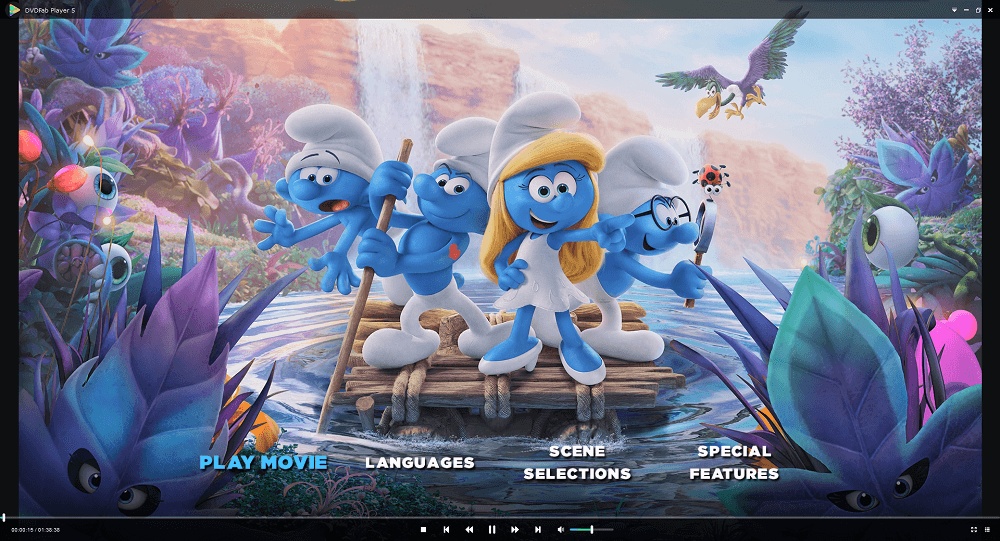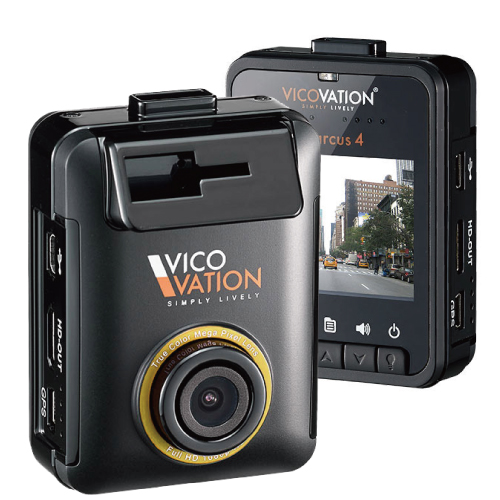

Video Player is loading. This is a modal window. Beginning of dialog window. Escape will cancel and close the window. End of dialog window. LDPlayer is a free Android emulator for PC users playing Android games easily on Windows. Based on Android 5.1.1 and 7.1.2, it supports a wide range of compatibility in running high-performance, high. Nox App Player for Mac is a free Android operating system emulator, that allows you to run Android apps on your Apple machine. A separate PC version is also available. Made by Bignox, Nox App Player for Mac works by creating a virtual Android tablet on your desktop. This of course means that you can enjoy Android apps and games with the benefit.
Latest Version:
Universal Media Server 9.4.3 LATEST
Requirements:
Mac OS X 10.10 or later
Author / Product:
Subjunk / Universal Media Server for Mac
Old Versions:
Filename:
UMS-9.4.3.dmg
Details:
Universal Media Server for Mac 2020 full offline installer setup for Mac

Universal Media Server for macOS supports all major operating systems, with versions for Windows, Linux and Mac OS X. The program streams or transcodes video, audio and image formats with little or no configuration. It is powered by FFmpeg, MEncoder, tsMuxeR, MediaInfo, OpenSubtitles and more, which combine to offer support for a wide range of media formats.
It streams to many devices including Sony PlayStation 3 (PS3) and PlayStation 4 (PS4), Microsoft Xbox One and 360, many TVs (Samsung, Panasonic, Sony, Vizio, LG, Philips, Sharp), smart phones (iPhone, Android, etc.), Blu-ray players, and more.
Note: RequriesJava JDK.
Also Available: Download Universal Media Server for Windows
These release notes include the following topics. What's NewThis release of VMware Player adds the following new features and support.
|
- Author: admin
- Category: Category

Video Player is loading. This is a modal window. Beginning of dialog window. Escape will cancel and close the window. End of dialog window. LDPlayer is a free Android emulator for PC users playing Android games easily on Windows. Based on Android 5.1.1 and 7.1.2, it supports a wide range of compatibility in running high-performance, high. Nox App Player for Mac is a free Android operating system emulator, that allows you to run Android apps on your Apple machine. A separate PC version is also available. Made by Bignox, Nox App Player for Mac works by creating a virtual Android tablet on your desktop. This of course means that you can enjoy Android apps and games with the benefit.
Latest Version:
Universal Media Server 9.4.3 LATEST
Requirements:
Mac OS X 10.10 or later
Author / Product:
Subjunk / Universal Media Server for Mac
Old Versions:
Filename:
UMS-9.4.3.dmg
Details:
Universal Media Server for Mac 2020 full offline installer setup for Mac

Universal Media Server for macOS supports all major operating systems, with versions for Windows, Linux and Mac OS X. The program streams or transcodes video, audio and image formats with little or no configuration. It is powered by FFmpeg, MEncoder, tsMuxeR, MediaInfo, OpenSubtitles and more, which combine to offer support for a wide range of media formats.
It streams to many devices including Sony PlayStation 3 (PS3) and PlayStation 4 (PS4), Microsoft Xbox One and 360, many TVs (Samsung, Panasonic, Sony, Vizio, LG, Philips, Sharp), smart phones (iPhone, Android, etc.), Blu-ray players, and more.
Note: RequriesJava JDK.
Also Available: Download Universal Media Server for Windows
These release notes include the following topics. What's NewThis release of VMware Player adds the following new features and support.
|